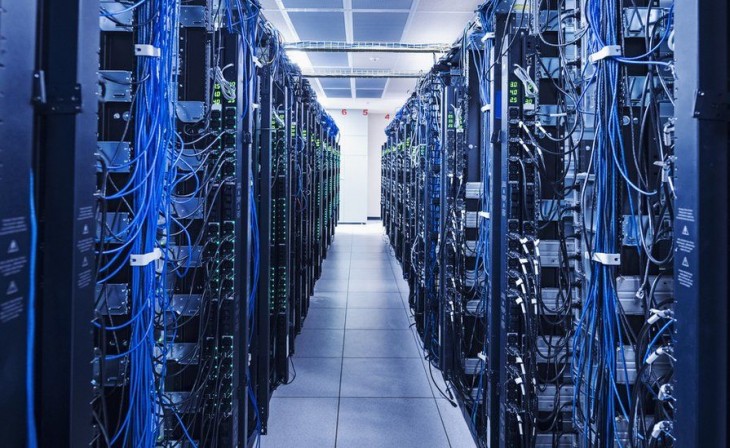Can we make the internet less power-thirsty?
Energy Consumption of The Internet
One way to reduce the energy consumption of the internet is to make data centers more energy-efficient. Data centers are the backbone of the internet, storing and processing the massive amounts of data that make up the internet. However, these centers consume vast amounts of energy to run servers, cool equipment, and maintain power supply. By adopting energy-efficient technologies and practices, data centers can significantly reduce their energy consumption. For example, virtualization technology, which enables multiple virtual machines to run on a single physical server, can reduce the number of servers needed and thus reduce energy consumption. Other energy-saving practices include using efficient cooling systems, such as evaporative cooling, and implementing power management strategies to turn off equipment when not in use.
Network Component Depends on Lts Design and the Protocols Used for Communication
Another way to reduce the energy consumption of the internet is to optimize network architecture and protocols. The internet is a network of networks, and the energy consumed by each network component depends on its design and the protocols used for communication. By optimizing network architecture and protocols, energy consumption can be reduced. For example, using energy-efficient routing protocols that minimize the distance data must travel can reduce energy consumption. Additionally, using low-power communication protocols, such as Wi-Fi, Zigbee, or NFC, can also help to reduce energy consumption.
Green networking is a new area of research aimed at reducing the energy consumption of the internet. This research focuses on developing energy-efficient communication technologies and protocols that can significantly reduce energy consumption. For example, researchers are exploring the use of energy-efficient modulation techniques that can reduce the amount of energy required to transmit data over the network. They are also looking into the use of software-defined networking (SDN) and network function virtualization (NFV) to make networks more flexible and dynamically reconfigurable, reducing energy consumption by optimizing network resources.
Also Check Watch out! Your passwords may be on this hacked server
Making These Devices More Energy-Efficient
End-user devices, such as smartphones, laptops, and tablets, also contribute to the energy consumption of the internet. Making these devices more energy-efficient can reduce their energy consumption and thus the overall energy consumption of the internet. For example, using more energy-efficient components, such as processors and displays, can reduce the energy consumption of these devices. Additionally, implementing power management strategies, such as turning off devices when not in use or reducing the brightness of displays, can also help to reduce energy consumption.
Finally, consumers can play a role in reducing the energy consumption of the internet by making conscious decisions about the devices they use and how they use them. For example, choosing energy-efficient devices and using them efficiently can reduce energy consumption. Additionally, using cloud-based services, such as email and storage, can reduce the energy consumption of personal devices by offloading data processing and storage to more energy-efficient data centers.
In conclusion, the energy consumption of the internet is a growing concern, and there are many ways to make it less power-hungry. By adopting energy-efficient technologies and practices, optimizing network architecture and protocols, and making end-user devices more energy-efficient, the energy consumption of the internet can be reduced.




